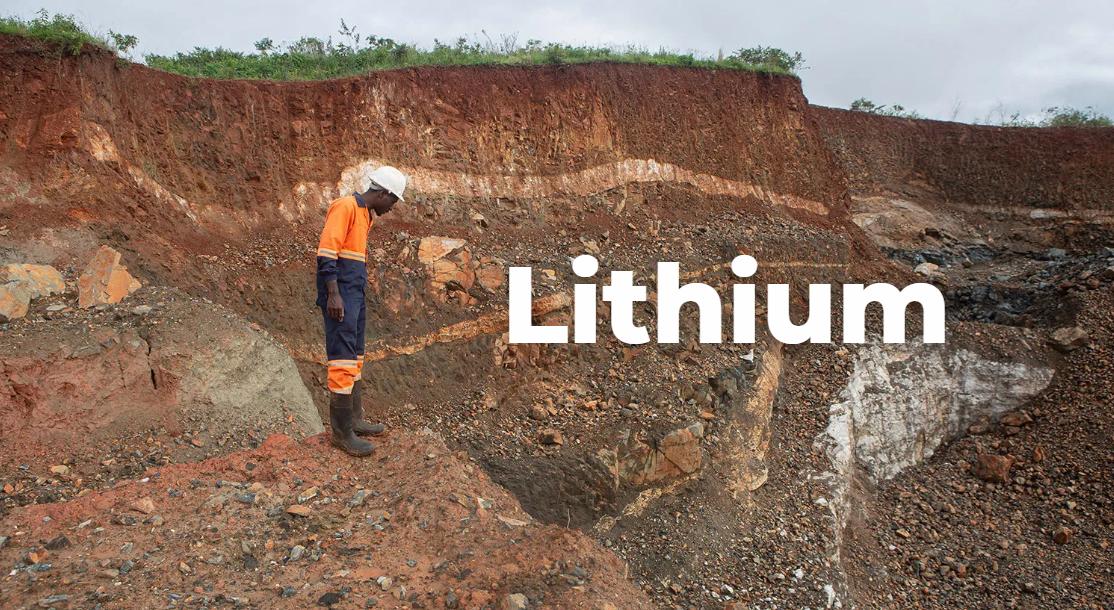
Why is Lithium Mining Considered Harmful?
Lithium mining is often criticized for its significant environmental and social impacts, despite its role in powering electric vehicles and renewable energy technologies. The extraction processes can lead to severe ecological degradation, water shortages, and adverse effects on local communities, particularly indigenous populations.
What Are the Environmental Impacts of Lithium Mining?
Lithium mining can have severe environmental consequences, including habitat destruction, soil degradation, and biodiversity loss. The most common extraction methods, such as open-pit mining and brine extraction, require extensive land use and can lead to deforestation and ecosystem disruption.
Chart: Environmental Impacts of Lithium Mining
| Impact | Description |
|---|---|
| Habitat Destruction | Loss of wildlife habitats due to land clearing |
| Soil Degradation | Contamination and erosion from mining activities |
| Biodiversity Loss | Threats to local flora and fauna |
How Does Lithium Mining Affect Water Resources?
Lithium extraction is water-intensive, often requiring millions of liters for each ton of lithium produced. This demand can deplete local water supplies, leading to shortages for agriculture and drinking water in nearby communities. In arid regions like the Salar de Atacama in Chile, lithium mining operations consume about 65% of the region’s water resources.
Chart: Water Consumption in Lithium Production
| Process | Water Required (liters per ton of lithium) |
|---|---|
| Brine Extraction | 2,200,000 |
| Hard Rock Mining | 500,000 |
Why Are Indigenous Communities Negatively Impacted by Lithium Mining?
Indigenous communities often bear the brunt of lithium mining operations, facing displacement and loss of access to traditional lands and resources. Promises made by mining companies to consult with these communities frequently go unfulfilled, leading to social unrest and protests over land rights and environmental degradation.
Chart: Impact on Indigenous Communities
| Issue | Description |
|---|---|
| Displacement | Forced relocation from ancestral lands |
| Resource Depletion | Loss of access to clean water and arable land |
| Social Unrest | Protests against mining operations |
What Health Risks Are Associated with Lithium Mining?
The health risks linked to lithium mining include exposure to hazardous chemicals used during extraction processes, which can lead to respiratory issues and other health problems for workers and nearby residents. Additionally, contaminated water sources pose significant health risks for local populations.
Chart: Health Risks Related to Lithium Mining
| Risk | Description |
|---|---|
| Respiratory Issues | Dust and particulate matter from mining activities |
| Chemical Exposure | Contact with toxic substances used in extraction |
How Does Lithium Mining Contribute to Climate Change?
While lithium is essential for renewable energy technologies, its extraction process is carbon-intensive. The use of fossil fuels in mining operations and transportation contributes significantly to greenhouse gas emissions. Studies indicate that lithium mining may produce more carbon dioxide than traditional fossil fuel extraction methods when considering the entire supply chain.
Chart: Carbon Emissions from Lithium Mining vs. Fossil Fuels
| Source | CO2 Emissions (tons per ton produced) |
|---|---|
| Lithium Extraction | 15 |
| Fossil Fuel Extraction | 10 |
What Alternatives Exist to Traditional Lithium Mining?
To mitigate the negative impacts of lithium mining, several alternatives are being explored:
- Recycling: Improving battery recycling methods can reduce the need for new lithium extraction.
- Sustainable Practices: Developing more sustainable mining techniques that minimize water use and environmental impact.
- Alternative Materials: Researching substitutes for lithium in battery technology, such as sodium-ion batteries.
Chart: Alternatives to Traditional Lithium Sources
| Alternative | Description |
|---|---|
| Battery Recycling | Recovering lithium from used batteries |
| Sodium-Ion Batteries | Using sodium instead of lithium for energy storage |
Industrial News
Recent discussions around lithium mining have highlighted its environmental toll amidst rising global demand for electric vehicles (EVs). Advocacy groups are calling for stricter regulations on mining practices to protect local ecosystems and communities. Additionally, innovations in battery recycling are gaining traction as a means to reduce dependency on newly mined lithium.
Lithium Battery Expert Views
“While lithium is crucial for our transition to renewable energy, we must address the environmental costs associated with its extraction,” states Dr. Emily Chen, an expert in sustainable energy practices. “Investing in recycling technologies and alternative materials could help us achieve a more balanced approach.”
FAQ Section
Why is lithium mining considered harmful?
A: Lithium mining is harmful due to its significant environmental impacts such as habitat destruction, water depletion, and pollution, as well as adverse effects on indigenous communities.
How does lithium extraction affect local water supplies?
A: The process requires large amounts of water, often leading to shortages that impact agriculture and drinking water availability in nearby areas.
What are some alternatives to traditional lithium mining?
A: Alternatives include recycling existing batteries, developing sustainable mining practices, and researching substitute materials like sodium-ion batteries.
